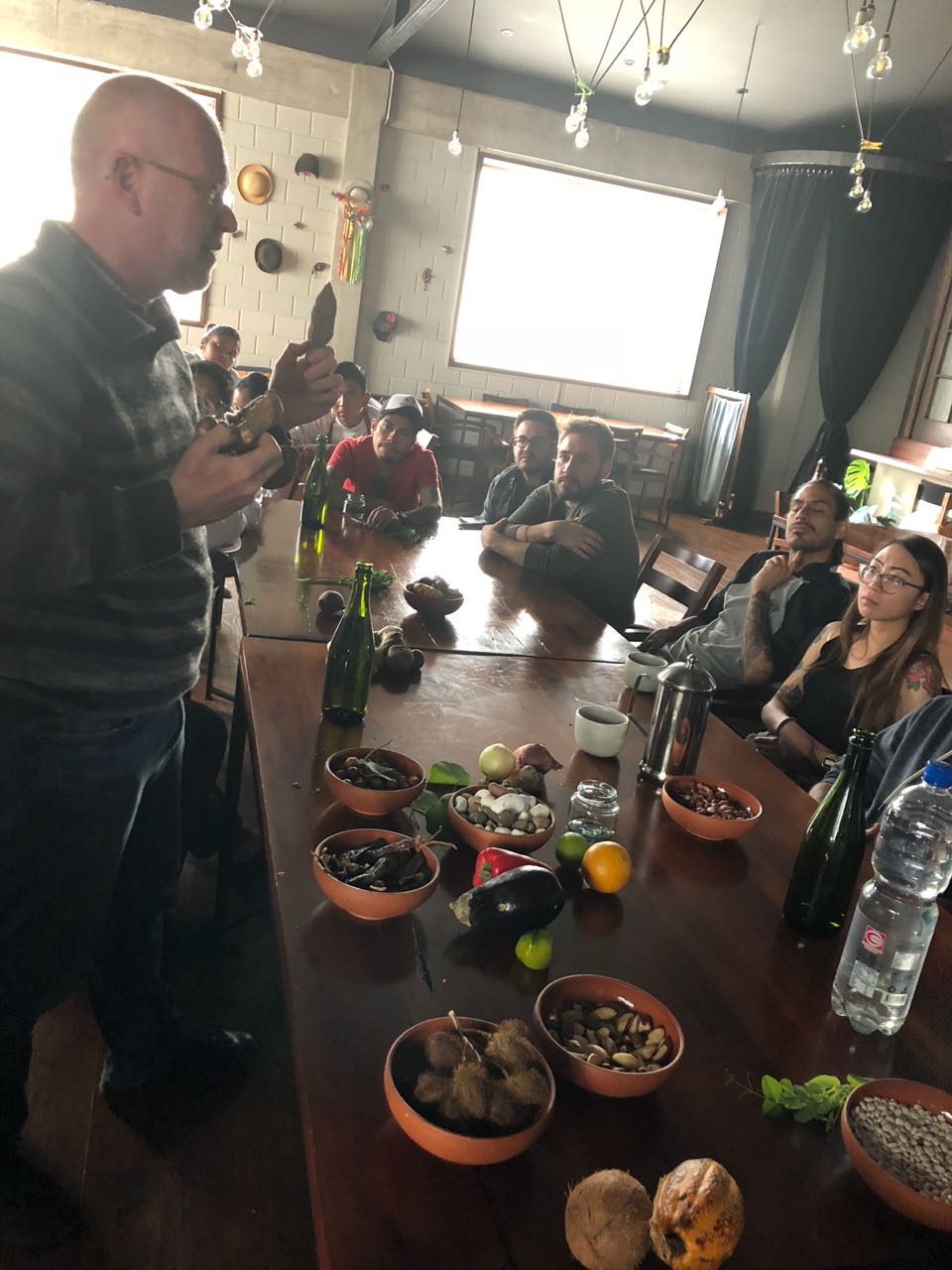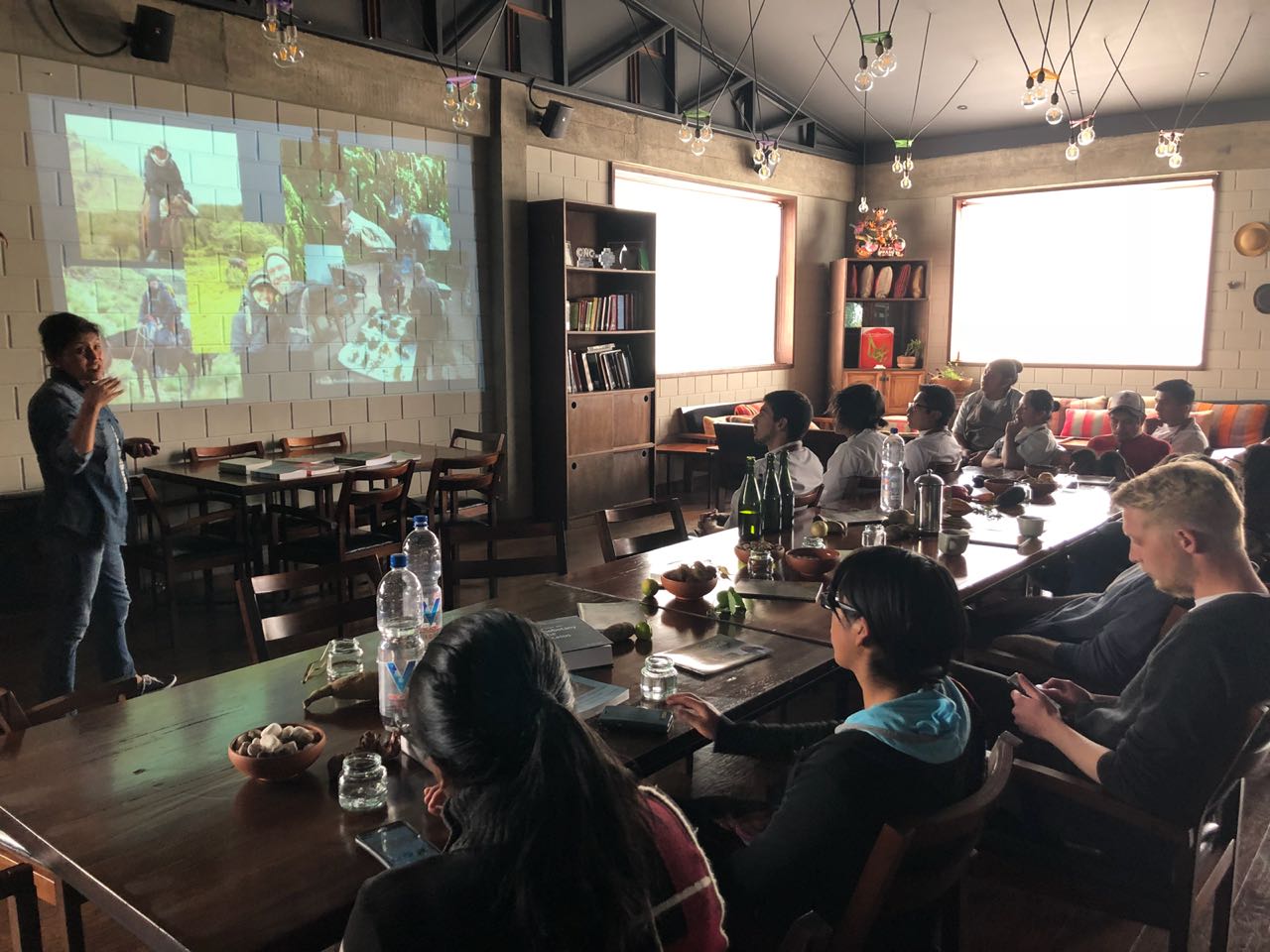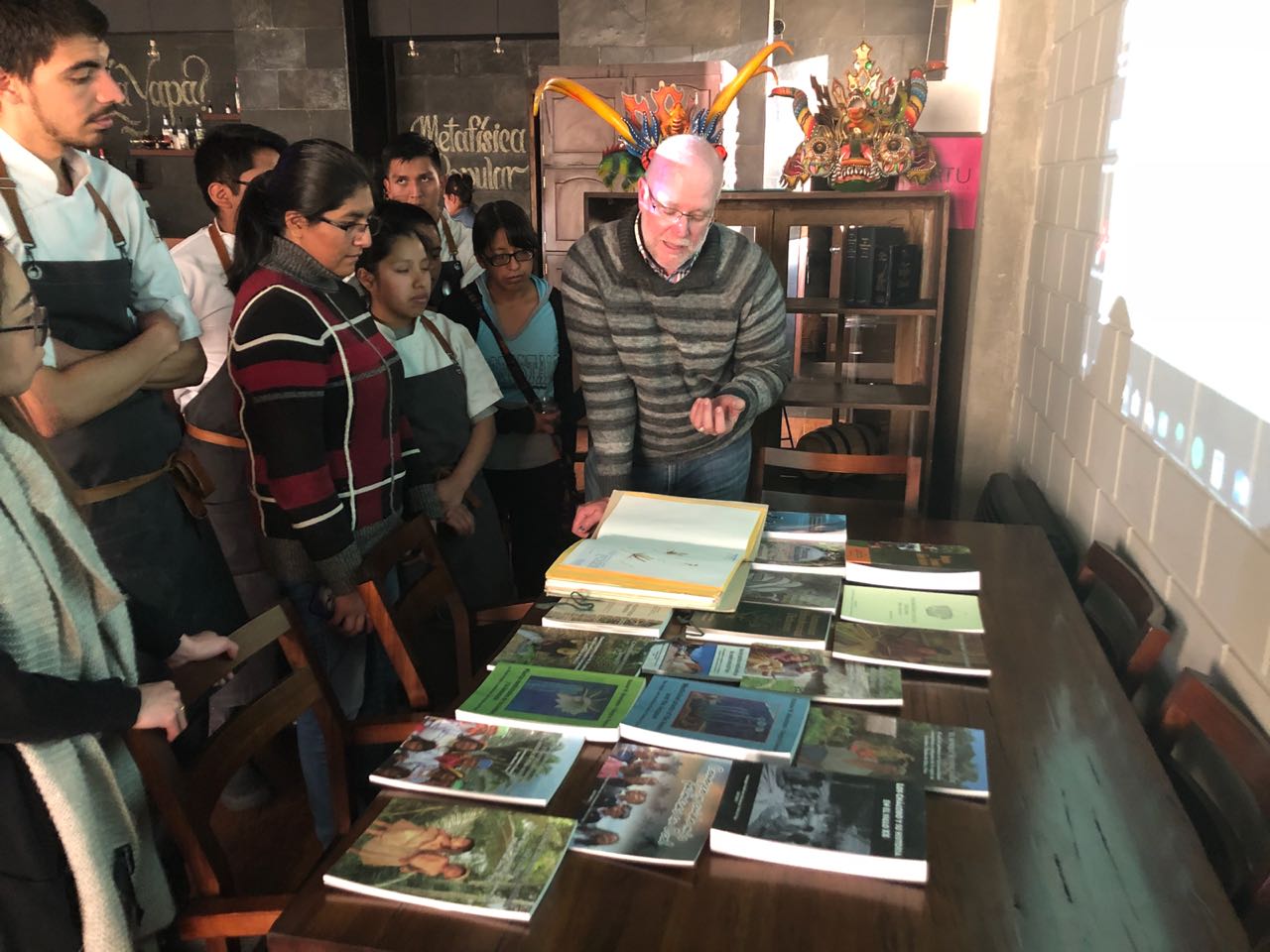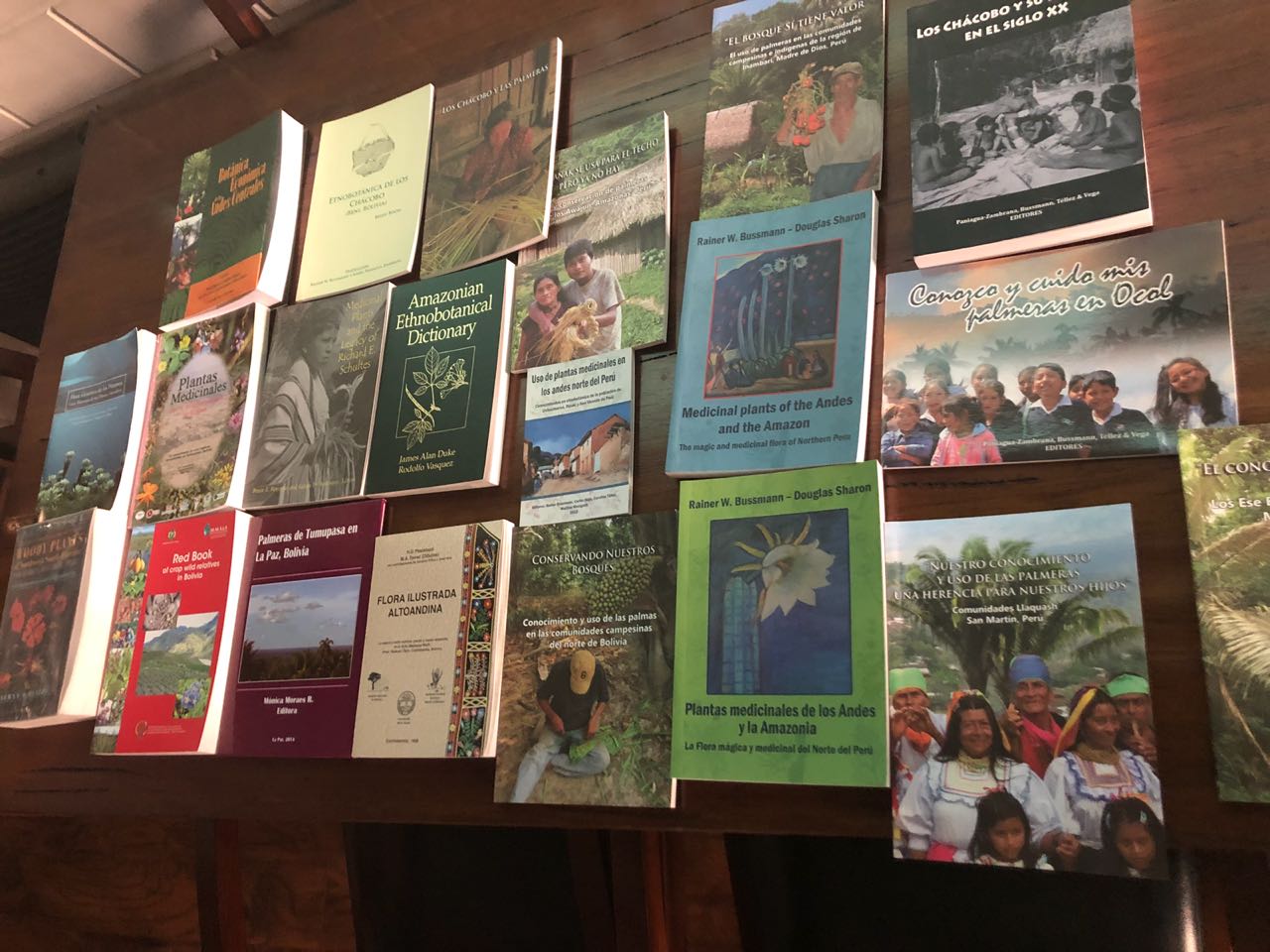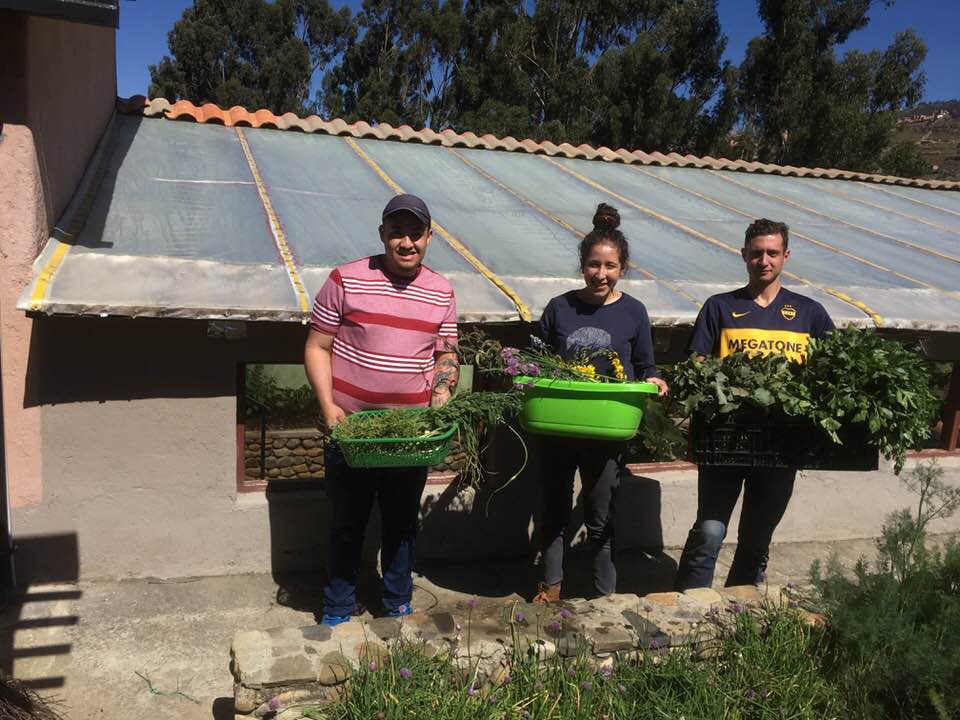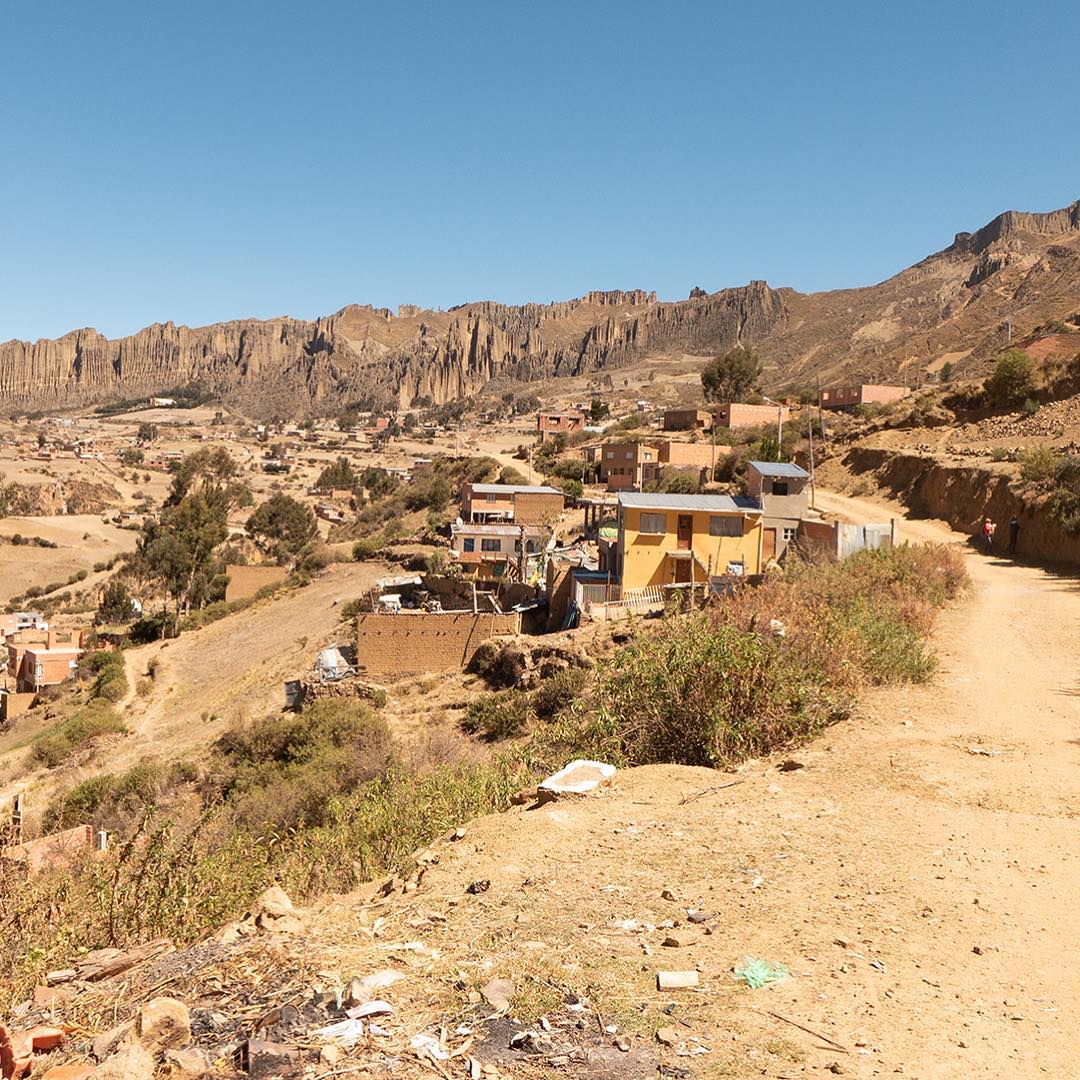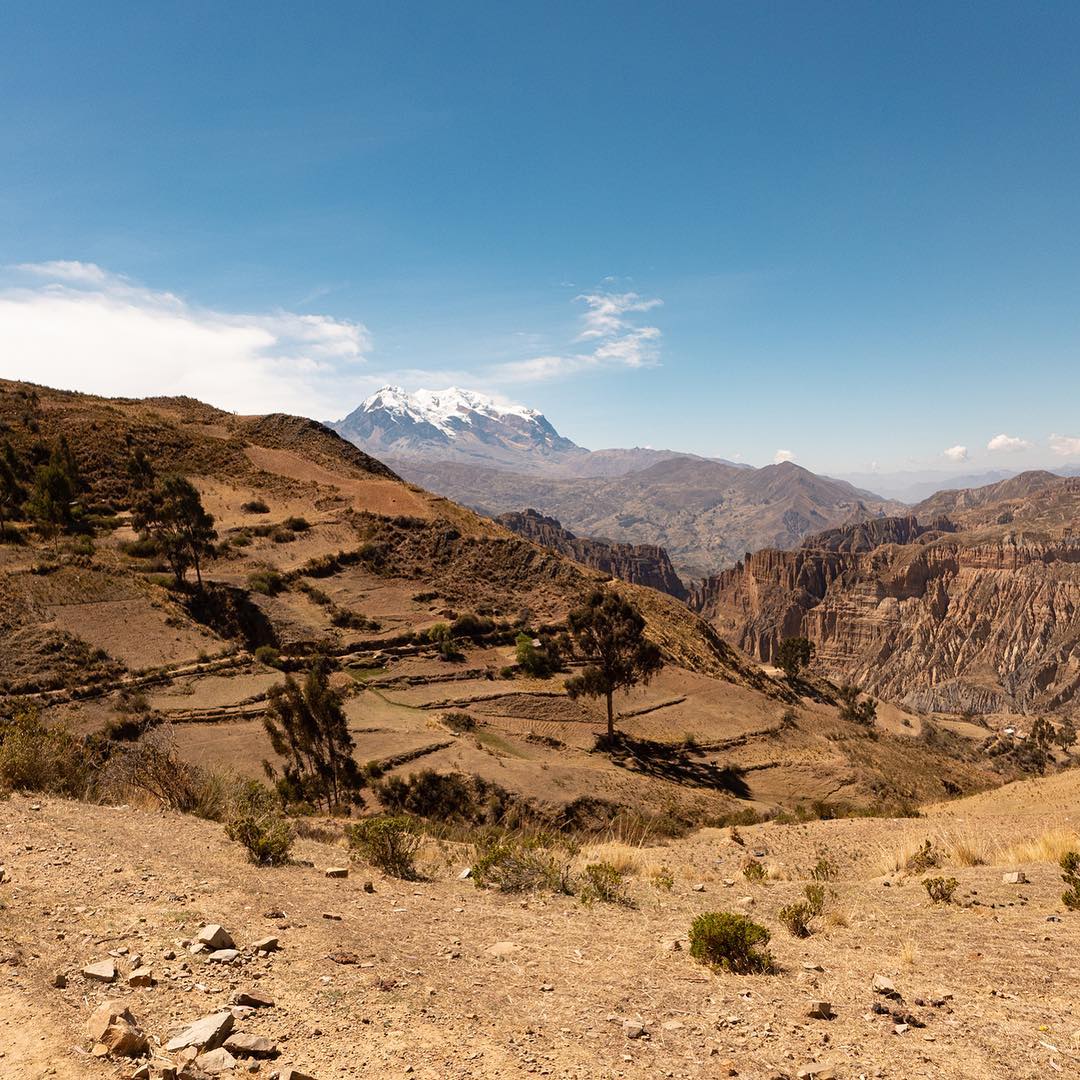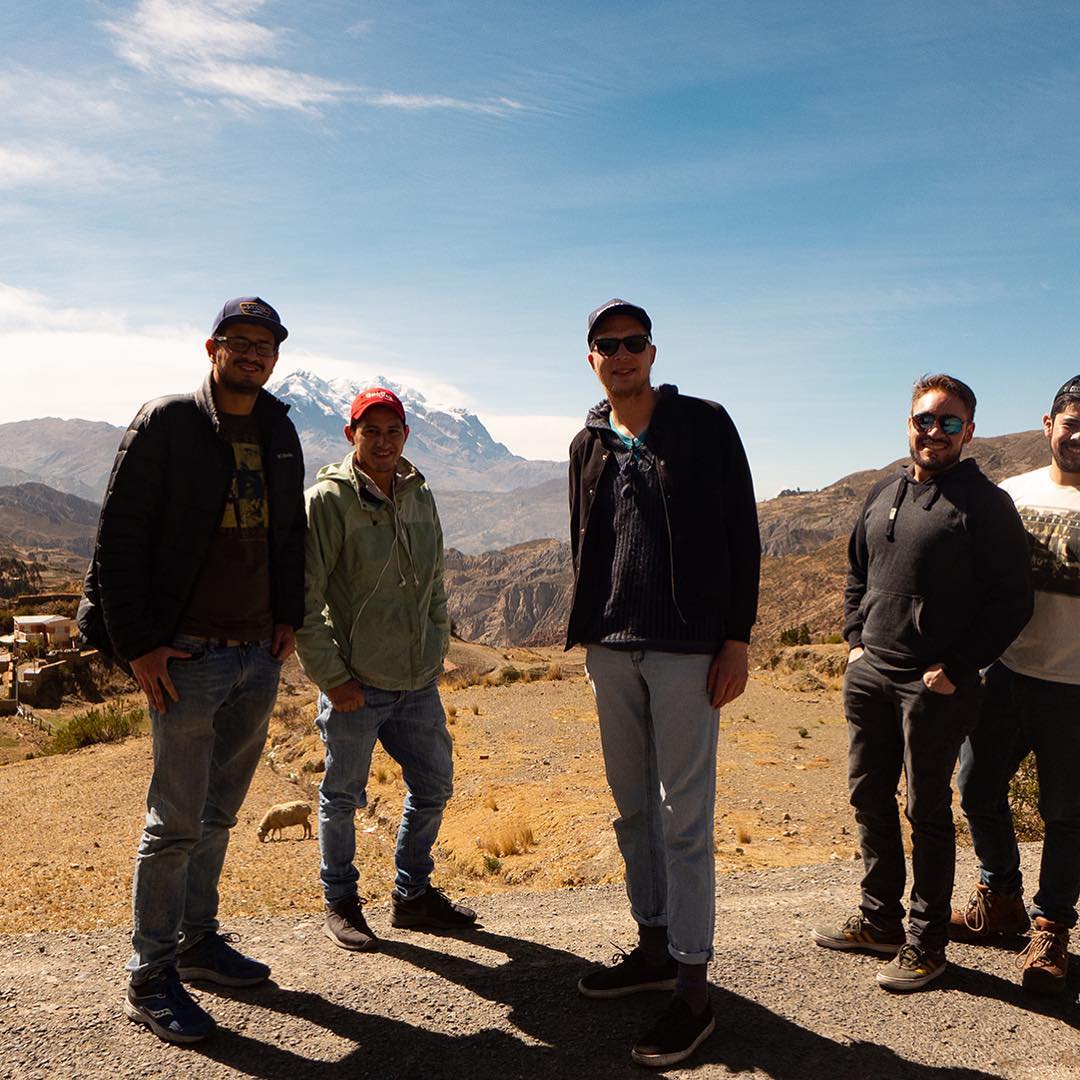Gastronomic Ethnobotany
Humans depend on plants for their food, use them as building materials and for the manufacture of their daily tools; they also form an important part of their cultural and spiritual practices. 80% of the population in the developing world depends on plants for their primary health care. Indigenous groups use plants in multiple ways during their daily life. In many cultures the traditional knowledge of the use of plants is transmitted from generation to generation mainly by oral route. Indigenous and local societies are increasingly facing changes that threaten the preservation of their traditional knowledge, it is estimated that most of the world's spoken languages will disappear in the next 50 years.
There are around 10000 species of edible plants, but only about 100 species are part of the plants that are consumed by the great majority of the world, and less than 10 species supply more than 90% of the calories consumed in the world. The wide diversity of plants that grow in the world has barely been exploited for possible alternative crops and as a source of genetic resources that could help improve the food plants most used today.
The Department of Ethnobotany works around the world documenting culinary culture and local food systems, preserving and promoting global food diversity. As part of our mission, we help bring the ingredients from the field and the farm to the table of fine dining restaurants like Gustu in La Paz, Bolivia.
why do we eat what we eat?
Botanical taxonomy and gastronomic ethnobotany at Gustu
Preparation of Botanical specimens
With the Gustu team at the National Herbarium of Bolivia
From garden and field to the table
Harvesting produce in the garden of Saving Knowledge and foraging at the base of mighty Ilimani

